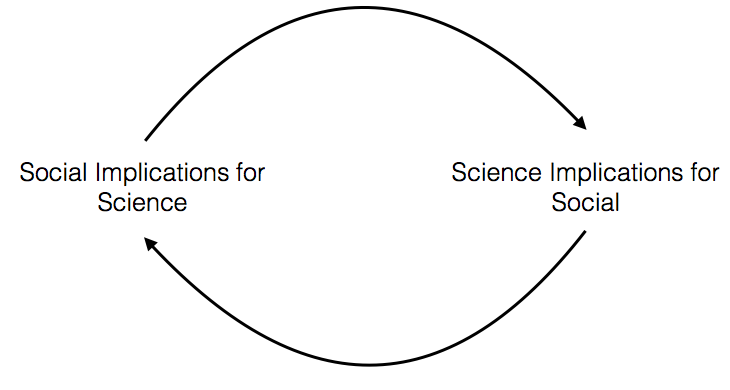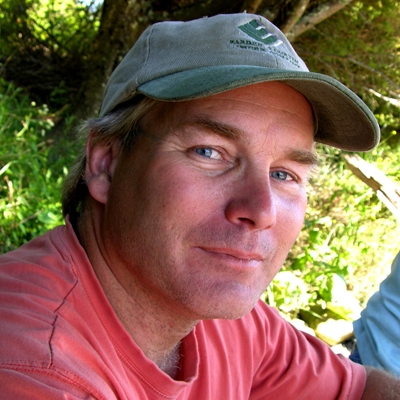While sitting in a board meeting of the Great Northern Large Landscape Cooperative recently the perennial question came up of if the organization that was working on a vast landscape from Yellowstone National Park to northern Canada needed more biological or social science in their program development. As I reflected on the question the answer came to me that my response would be that we need more of neither.

This is not to say the social and ecological perspectives are not important, they are profoundly so. Rather, as I stress in The Science of Open Spaces, both provide just a part of an answer, and hence incomplete solutions to an integrated challenge that landscape and communities simply do not, and cannot separate conservation, stewardship, or their daily lives into one versus the other. This is not a new perception. The conservationist Aldo Leopold recognized this kind of synergy was needed back in the 1930s and the issue was probably not new then. He addressed the issue by calling for a “Land Ethic.” However, more than 70 years later we are engaged in the same debate now as then that expanding existing institution boundaries, while keeping the underlying divisions in place, just promotes a false dichotomy. Just as science increasingly realizes that the Descartesian dichotomy of mind and body does not hold, so to the dichotomy of separating the social and ecological represents a barrier to conceiving of an integrated whole. For as the diagram at right shows, both need and draw on each other.
Some have noted that the human-environment dualism is much more than a system of academic convenience. The writing of environmental historicist Donald Worster and others suggest the schism goes back hundreds of years and is embedded in the very fabric of much of the western world’s Judeo-Christian beliefs. If so, it is no wonder this habit of separating humans from nature is so hard to break, yet break it we must to find effective solutions to todays immense challenges, such as climate change, that demand trans-disciplinary thinking to find effective solutions.
So, the next time you are in a meeting and a professional setting and the statement is made “we need more social science” or we “need more biology, or ecology,” realize this entirely misses the point. We do not need more disciplines, we need more synthesis. For the world is no more broken down into “human” and “natural” systems than the mind can be separated from the body. The sooner we move to approaches that truly integrate both, the better off well be. The interaction of humanity is readily displayed in the image at right where from the herd of pronghorn antelope in the foreground, to the exurban development and mountains beyond the world is a complex interface of humanity and nature.



